Techlog 2015.3 Win64
Schumberger Techlog is a very powerful software with a fully integrated environment with all the features needed to process data and display results. The software can process data related to geology, drilling , and reservoir Production engineering and geophysics. Other capabilities of this software include geology including image log analysis, texture analysis, deep meter log analysis, core analysis, and…, drilling including well wall stability analysis.
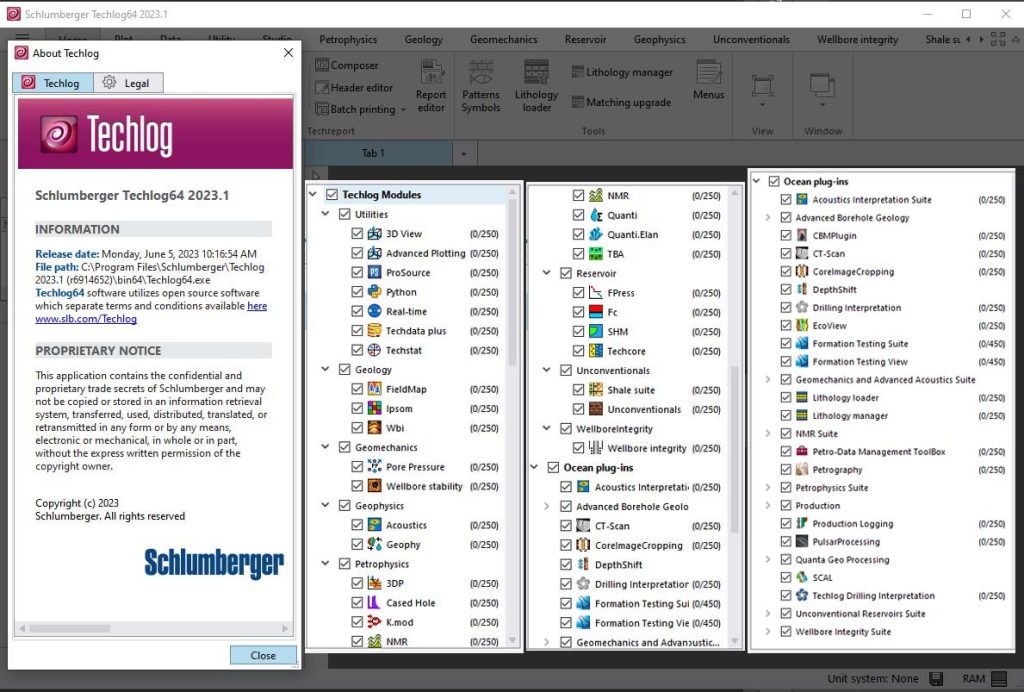
Features and specifications of Techlog software:
- Studio environment: Software Techlog at the moment of the studio multidisciplinary workflows and collaborate more closely already using it. This significant change has improved the data. The studio environment has features such as Notifications, repositories, and projects are different browsers and collaboration tools.
- Ocean framework: Extensibility through the development of software Popular Most features of the software. This change step in efficiency and scalability to open platform software for innovative programs and build plugins is enabled by third-party companies.
- Techlog platform: Ability to store licenses for use among different people in the company, adding ribbons.
- Geomechanics:
- Geology: This feature makes progress in the workflow algorithms and the ability to extract the page linked in Log View using Moto Graphics.
- Petrophysics: 3D Petrophysics module with local model layer mode and fast neutron Eco Scope model, forward Has progressed.
- Drilling: Drilling analysis includes a breakdown of Operation and Witch drilling to drilling performance and workflow for cleaning holes to date.
- Geophysics: It has the ability to physics rock including the replacement of fluids Multimineral, cutting to speed the modeling upscaling, and amplitude versus angle ( sound ) analysis.
Key features of Techlog 2023.1
Zonation UX
Work on user experience improvement continued:
- You can now filter global zonation based on the filter in the project browser.
- The global zonation selection is not lost when you click a space in the dock window.
- There have been improvements made to the graphical editing zones of Longview when using the extend option and multiple zonation tracks.
- There have been bug fixes to zonation to make it more stable and increase performance.
Pickett plot (new graphical interface technology preview)
Changes in plots continued, with still Pickett plot still being used as a case for the new plots interface:
- You can use a third variable as a color.
- You can click an equation in the plot to hide water saturation (Sw)lines.
Python support
Using the Python API, users can access, manipulate, and get information about the different components of the application workflow interface (AWI) or any Python AWI.
- The Python editor now has more coding areas available. You can collapse any unused parameter definition, description, and output sections.
- Python API to get a list of global zonation.
- Several bugs have been fixed that now make Python APIs more stable.
Studio
The Studio platform now provides additional features to improve the user experience:
- Run validation rules on repository data: A new validate repository data option has been added to the Validation Rules app. When connected to a repository, the icon is available and will run the validation against repository data, with any resulting errors or warnings reported in a table.
- Dataset and variable support in repository indexing: repository indexes now include datasets and variables in the search results. This enables a more powerful data discovery workflow across multiple data sources in Studio Manager.
- Incremental indexing support: the incremental indexing type option is now supported when defining a scheduled index job. With this selected, indexing will only update for new, updated, or deleted entities.
- Fix for merge append conflict resolution: an issue that could cause the merge append conflict resolution to lose attribute resolution information when wells were in different group structures in the project versus the repository has now been fixed.
Petrophysics
Unconventional
- You can now compute a consistent set of Kerogen properties from a single estimate of thermal maturity. The main output properties include chemical (C, H) composition, density, hydrogen index, thermal- and epithermal-neutron porosities, macroscopic thermal-neutron capture cross-section, macroscopic fast-neutron elastic scattering cross-section, and photoelectric factor. The outputs are primarily used as endpoints in Quanti.Elan.
- This new method enables thermal maturity adjusted log interpretation (TMALI) in unconventional reservoirs; and helps to perform a more accurate and confident interpretation of porosity, saturation, and hydrocarbon in place in organic-rich shales.
3D Petrophysics
- High angle well evaluation—Initialize local layer geometry from dip set: you are now able to initialize local layer model geometry from dips, through an automatic workflow. This expands the local layer model initialization workflow from LWD images to any dip set.
- Low angle well evaluation–pixel inversion processing with enhanced resolution (PIPER) upgrades. PIPER now offers the following functionalities:
- Support of input variables with suffixes (_EC & _RT)
- Filter input variable dip according to classifications
- Graphical selection of processing interval
Thin bed analysis
- LowReP developed endpoints method—updated hydrocarbon correction logic for density-GR plot: hydrocarbon correction is now applied to density for the input points located at the left side of sand-dispersed shale line in density-gamma ray cross plot.
Geomechanics
Calibration points
- To enable support of breakout width and breakout orientation calibration points that are consumed by the stress inversion workflow, you can now incorporate breakout observations from borehole images in the calibration of the microelectromechanical system (MEM ).
Stress inversion
- Perform inversion of tectonic strains that honor observations like closure pressure, breakdown pressure, and breakout width, among others. You can interact with the posterior plot and trigger the calculation of the wellbore stability to verify how the selected solution looks in context with the observations.
Stochastic wellbore stability
- You can now use a synthetic caliper as an output of the wellbore stability calculation to visualize where the collapse would allocate for a given mud weight as an input.
- This supports the uncertainty definition of anisotropic elastic variables.
What’s new in the 2019.1 base platform
General announcement
_Microsoft communication:
All good things must come to an end, even Windows 7. After January 14, 2020, Microsoft will no longer provide security updates or support for PCs running Windows 7.
_Schlumberger communication: Following the strategy of our major partners, we will no longer support Windows 7 for all Techlog releases starting from 2020.1
_Synchronization tool:
Schlumberger will stop the support of the legacy collaboration system in Techlog “Synchronization Tool” in 2020.1 and remove the tool in 2021.1.
User collaboration within Techlog has been enabled with Studio since the 2015 Techlog release; Studio offers an efficient and robust solution for user collaboration, data management, and storage which has been accepted by the industry over the last years.
_Python 2.7
Python 2.7 retirement is planned for 2020.1 as the support from the Python organisation will end at this time.
Platform
_Project browser well filter:
• New option to filter a well from a list.
• Ability to create a well-name filter with a copy-paste from a sheet or a text
_Navigation pane:
• New option to search and filter projects by name, wells, and/or datasets.
_Performance improvements:
• Python AWI new engine to speed up the computation time with zones.
• Histogram multi-well using output from AWI.
• Improvements in zone editor filtering capability.
• Improvements on AWI zonation with multiple zones and parameters.
• Improvements during zone insertions in AWI.
• Monte Carlo computation time on Porosity-Saturaiton method.
_AWI core usability improvements
• Plots have been replaced by native plots.
• Full interaction with AWI workflow (delete, add inputs) will update the plot.
• Full native plot capability, left part to control what is displayed, etc.
_Python 3.6
• Auto completion on the editor fixed, stability improved, resize in floating mode fixed
• Techlog Python scripts upgraded to 3.6
• Default interpreter on Techlog 2019.1
• New Python AWI engine
• PIP install command to install any additional Libraries
• Easy tool to convert script to 3.6 allowing batch conversion
_Bugs fixes
• Ability to display the list of items in a scrollable menu instead of a full-screen menu.
• Ability to create new assignment rules at the selected position in the list per level.
• Ability to display a Borehole shape plot using the area fill.
• Options in the zone editor contextual tab are now available as well on the right contextual menu.
• The Cyrillic spelling mistake for the GPa unit has been fixed.
• The wrap display issue in the logarithmic scale has been fixed.
• AWI switch to a variable for a zone now takes the right parameter value.
• AWI: The case sensitivity issue on zone names when importing zones in AWI has been fixed.
• The import wizard issue when importing CSV files with empty lines has been fixed.
• Limits of the Hydrogen index in Lowrep have been fixed.
• Use of unsupported characters in the family assignment rules definition has been fixed.
• Monte Carlo crash on Lowrep method in display mode
Techplot
_Polygon selection
• A more usable and intuitive way to create polygon objects to interactively select points within a cross-plot
• Ability to save a polygon object within the project browser
• Ability to restore the polygon within a different cross-plot
• Ability to automatically snap two points
• Support of multiscale interactive selection
• Ability to share the polygons (User, Company, Studio, XML)
_Lithology track legend in LogView header
• New ability to display a lithology track legend dynamically on the LogView header:
• Full interactivity and dynamic update with all lithology tracks.
• Ability to display by group/list/icons.
• Ability to control element size, color, font, and save as graphical properties.
• Ability to adjust the separator line between the lithologies and qualifier
Techdata
_Dataset Properties Management
• Better visualization and organization
• Organization by Runs and Sections
• Integrity of properties when merging, combining, or splicing data
_Normalisation tool
• Improve Graphical normalization usability and reduce complexity using a clear display to differentiate between calibration and normalize histogram.
_Well predict
• Display of results has been enhanced.
• Computation of result with missing value interval if at least one variable contains values.
• Defining a multiplier of the standard deviation is now allowed.
Studio
_Studio Techlog 2019.1 has been focused on:
• Enhancing security by adjusting the database privileges and aligning them with client security standards.
• Enabling to work in Techlog while sending data to Studio.
• Reducing Studio version dependencies:
o Techlog 2019 can connect to a Studio 2018 repository.
o Techlog 2018 can connect to a Studio 2019 repository.
• Exposing Studio data to a Data Analytics tool with a connector to PowerBI delivered as a technology preview.
• Facilitating data management by displaying quality attributes in the Techlog project browser.
• Fixing issues related to specific use cases
What’s new in 2019.1 modules
Environmental corrections
_Schlumberger LWD Spectral GR processing for DSGR 475 tool:
• This method generates Uranium, Thorium, and Potassium concentrations, as well as total and Uranium-free GR from the raw spectra. The module also performs borehole corrections for hole size, mud weight, tool eccentricity, and Barite presence in the mud.
NMR
_proVISION Plus 2D Inversion:
• This module performs inversion for both T1 & T2 on D&M LWD proVISION data. It offers an automatic inversion with 2 parameters only. The algorithms also include a new auto regularization. These features help improve the accuracy of the inversion outputs (T2 Distribution, NMR Porosity, etc.).
Quanti.Elan combiner
_This new option is available from the properties of the method, and it enables the combiner to consume Quanti.Elan models from other workflows.
• Once activated, the Quanti Elan models under workflows other than the parent workflow of the combiner method, will be available for combining. This enables to combination of Quanti. Elan models over any desired zonation set (which could be different from the zonation set used by the Q.Elan methods). This adds flexibility to the model-combining process.
3D Petrophysics Vertical (3DPV)
_Pixel Inversion Processing with Enhanced Resolution (PIPER) for AIT family & Thrubit Induction tools.
• This is an optional functionality in 3DP-V which can be run even before defining the formation model. This functionality generates true formation resistivity, free of bed boundary and dip effects. Depending on the case, you can use the output resistivities directly for formation evaluation; or deployed for definition of 3DP model geometry and resistivity property.
3D Petrophysics for High Angle Well Evaluation (3DPH)
_adnVISION 475 Neutron Forward Modeling:
• This completes the Schlumberger LWD triple combo forward modeling capabilities in 6 in-hole sizes (and equivalents). You can also model the responses of GR, Propagation Resistivity, Density/PEF, and Neutron.
_Wellbore Imaging
• Ability to do the processing, post-processing, and dip handling functionality for the new electrical imager tools from Wireline Schlumberger in the OBM environment.
• Ability to load resistivity and ultrasonic data, orient the images and perform dip picking and manipulation for the new LWD Dual Physics Imager in an OBM environment.
• Patch size analysis to get more precise results including the long axis length, area, sphericity, and roundness. Moreover, the large/flattened patch can be used as paleocurrent analysis from the azimuth of the long axis.

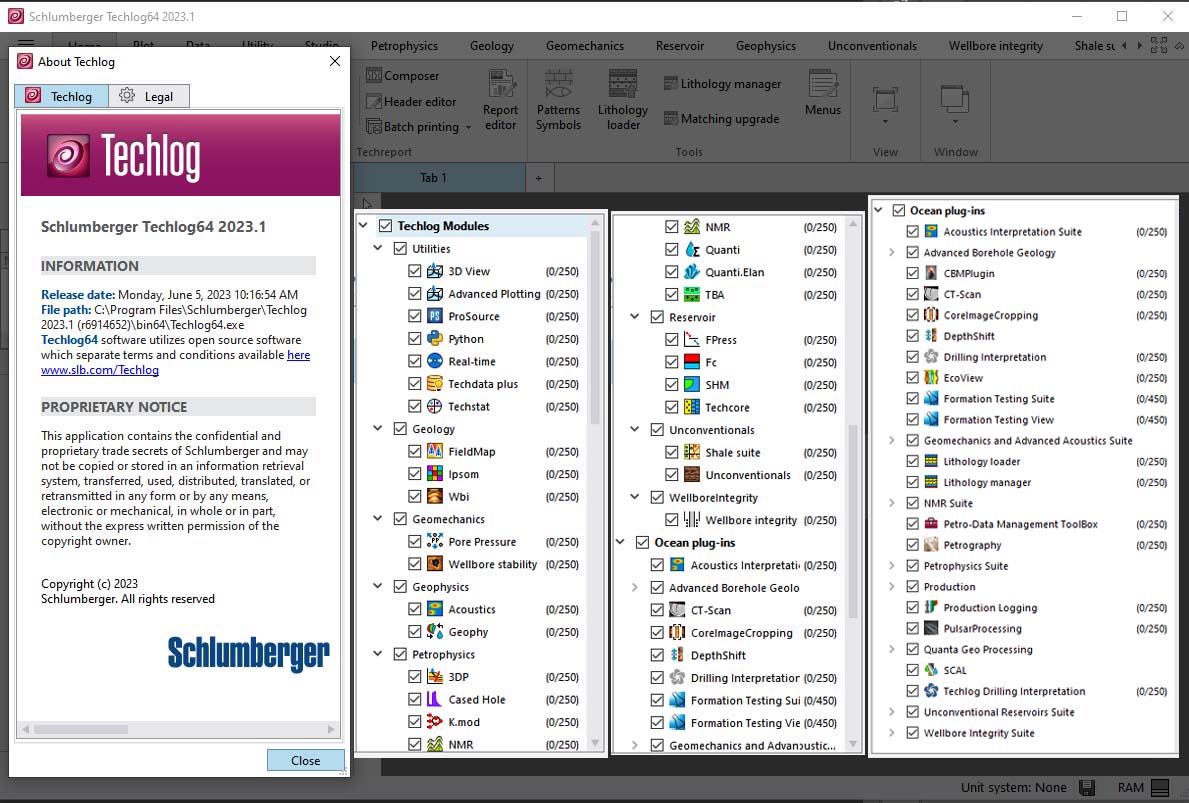

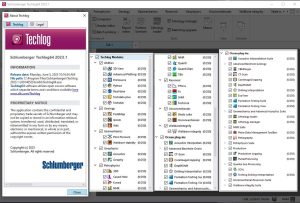


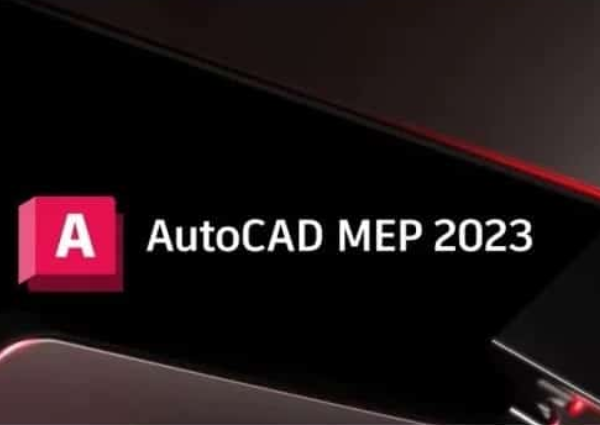
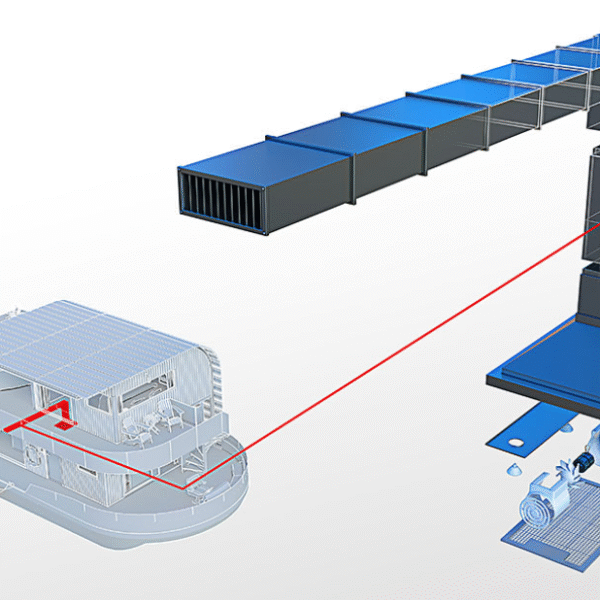
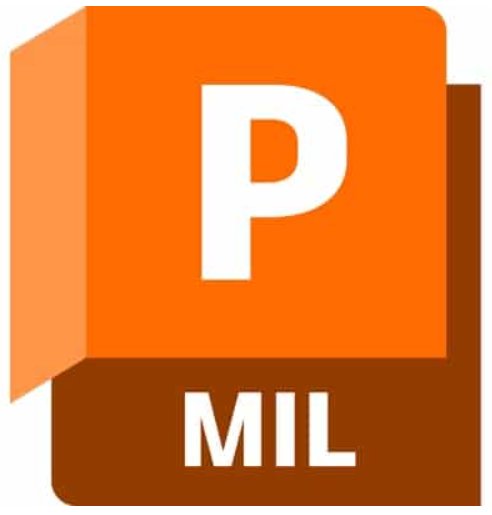
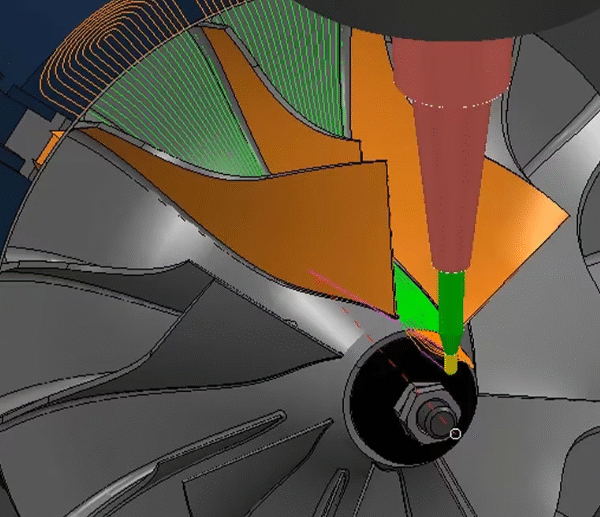
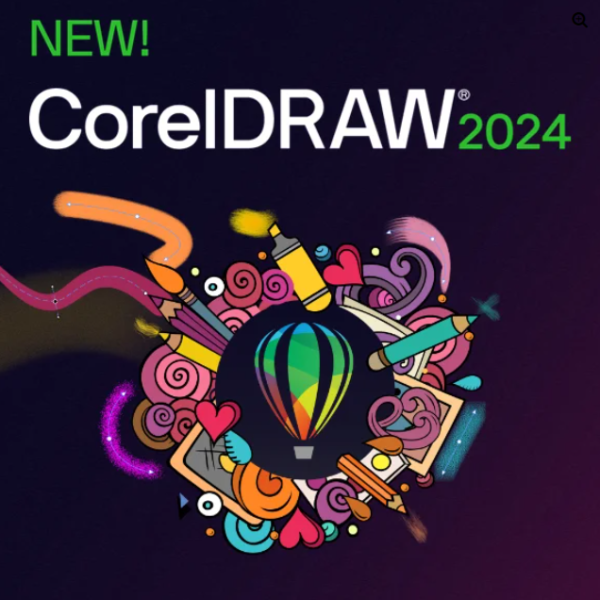
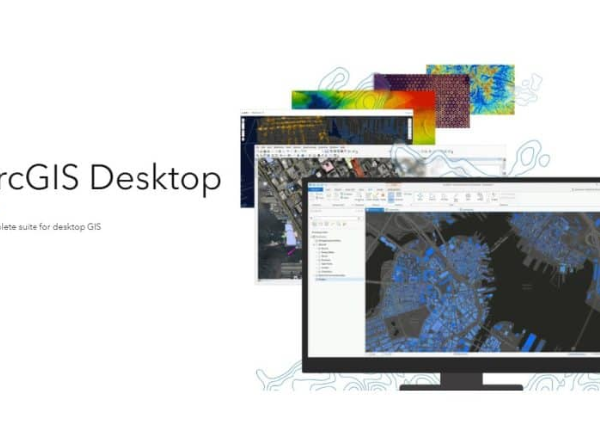
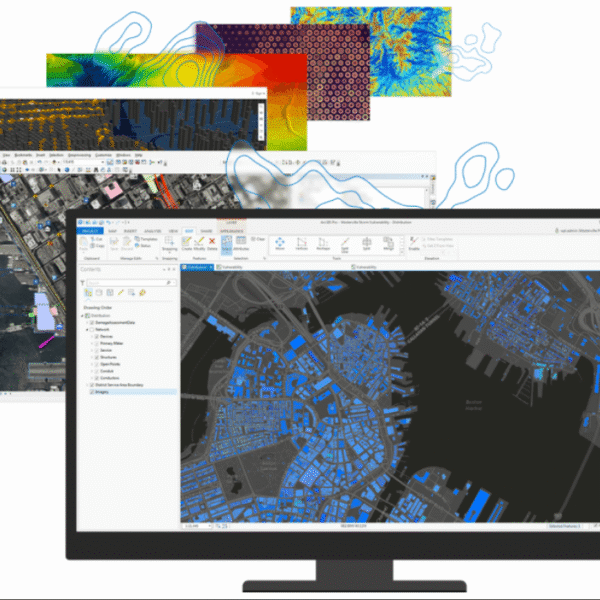
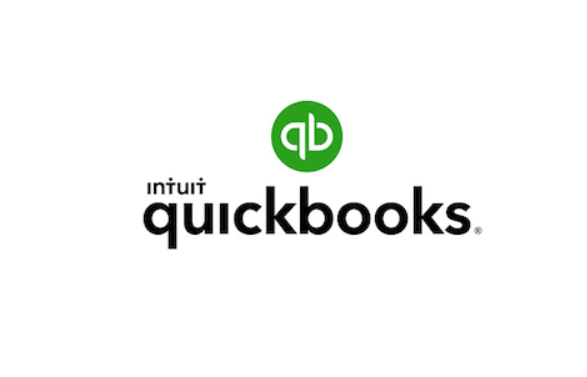
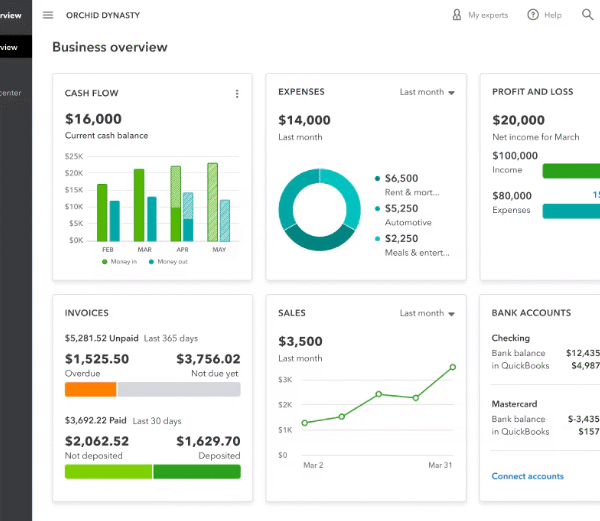

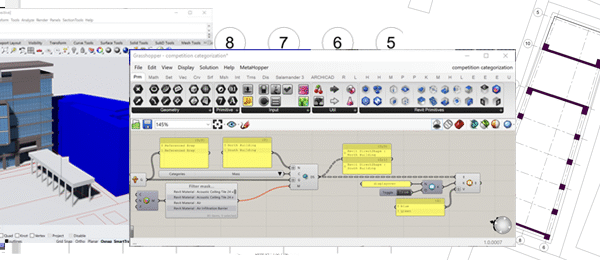

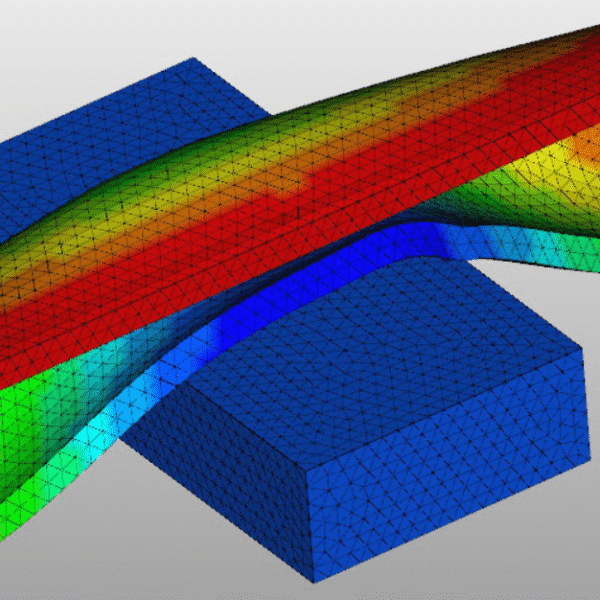

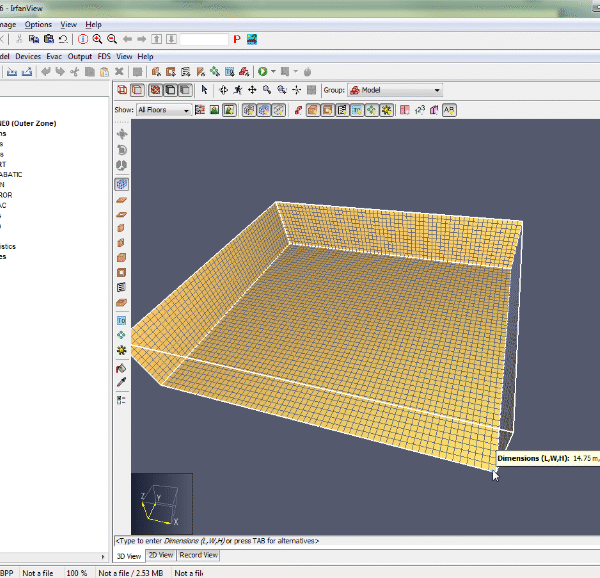
Reviews
There are no reviews yet.